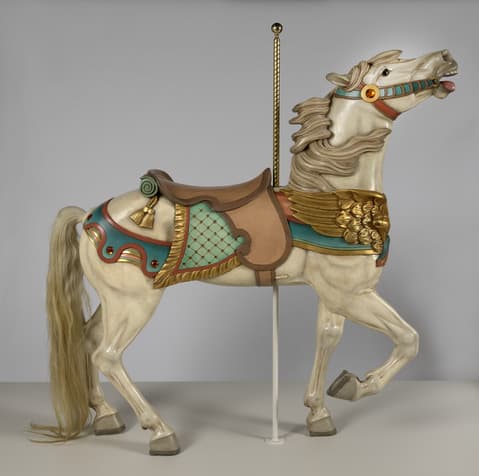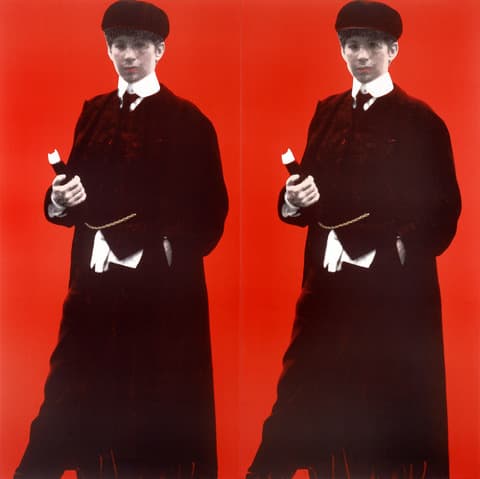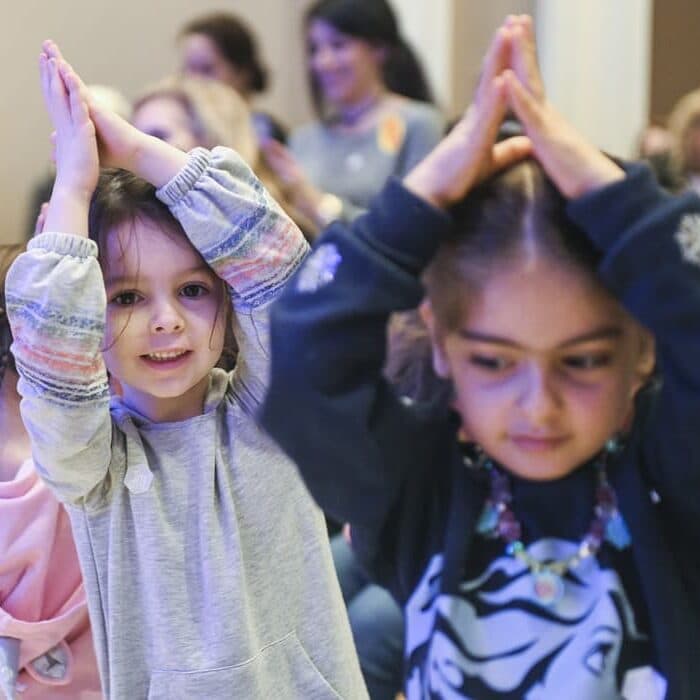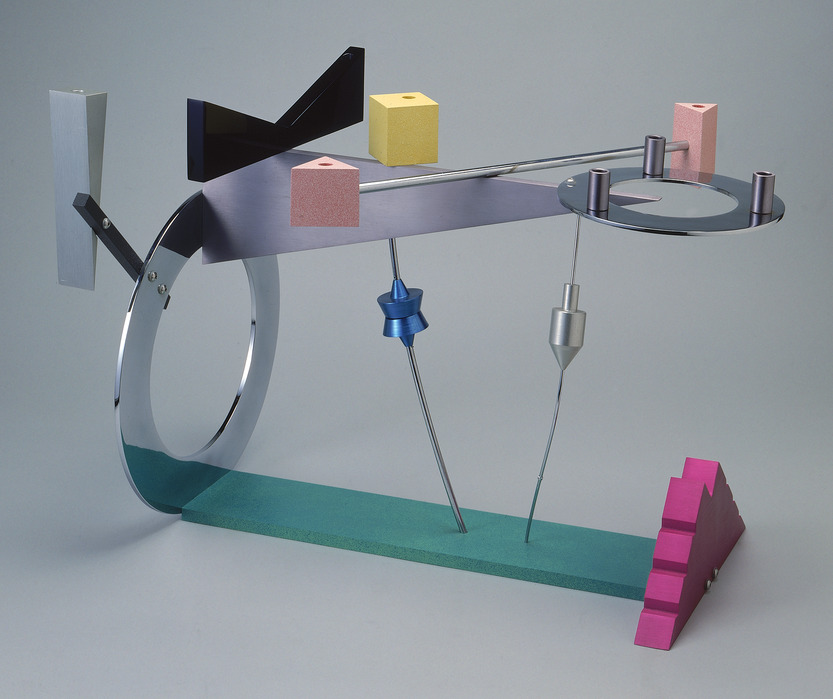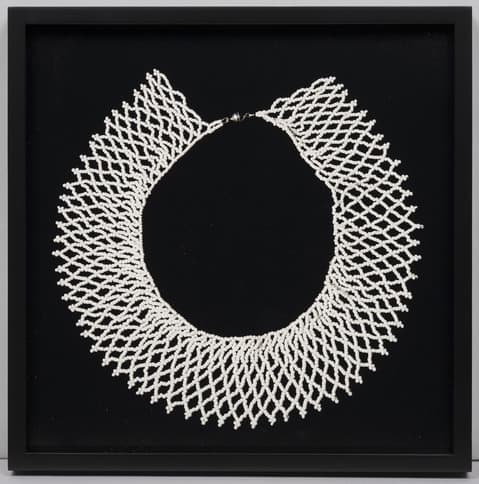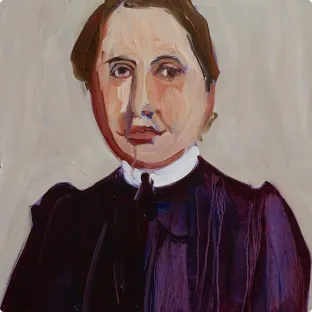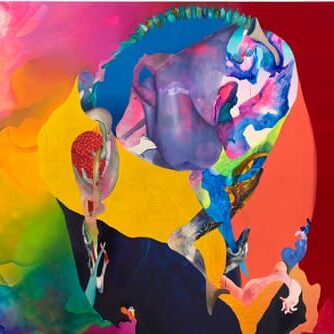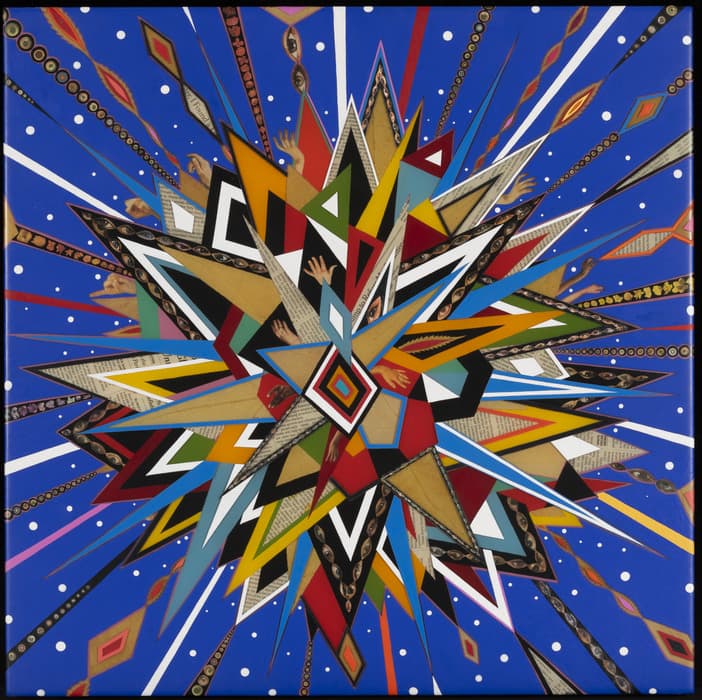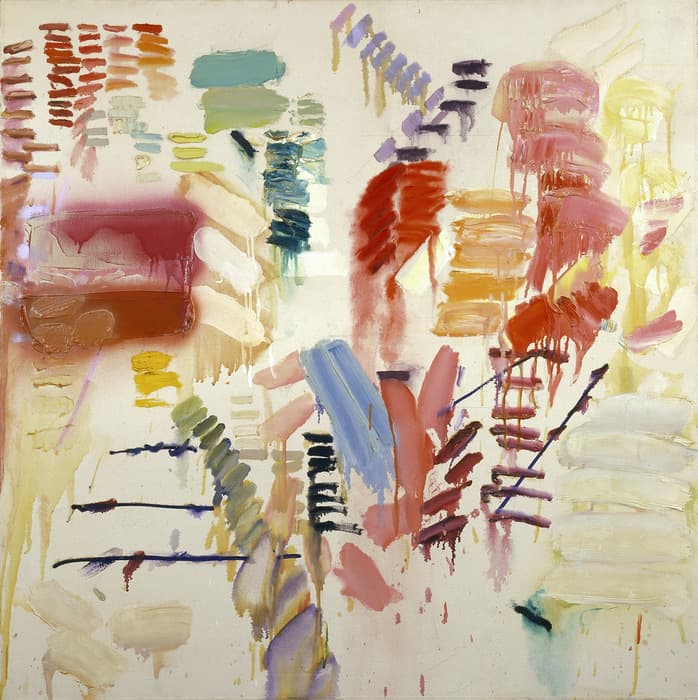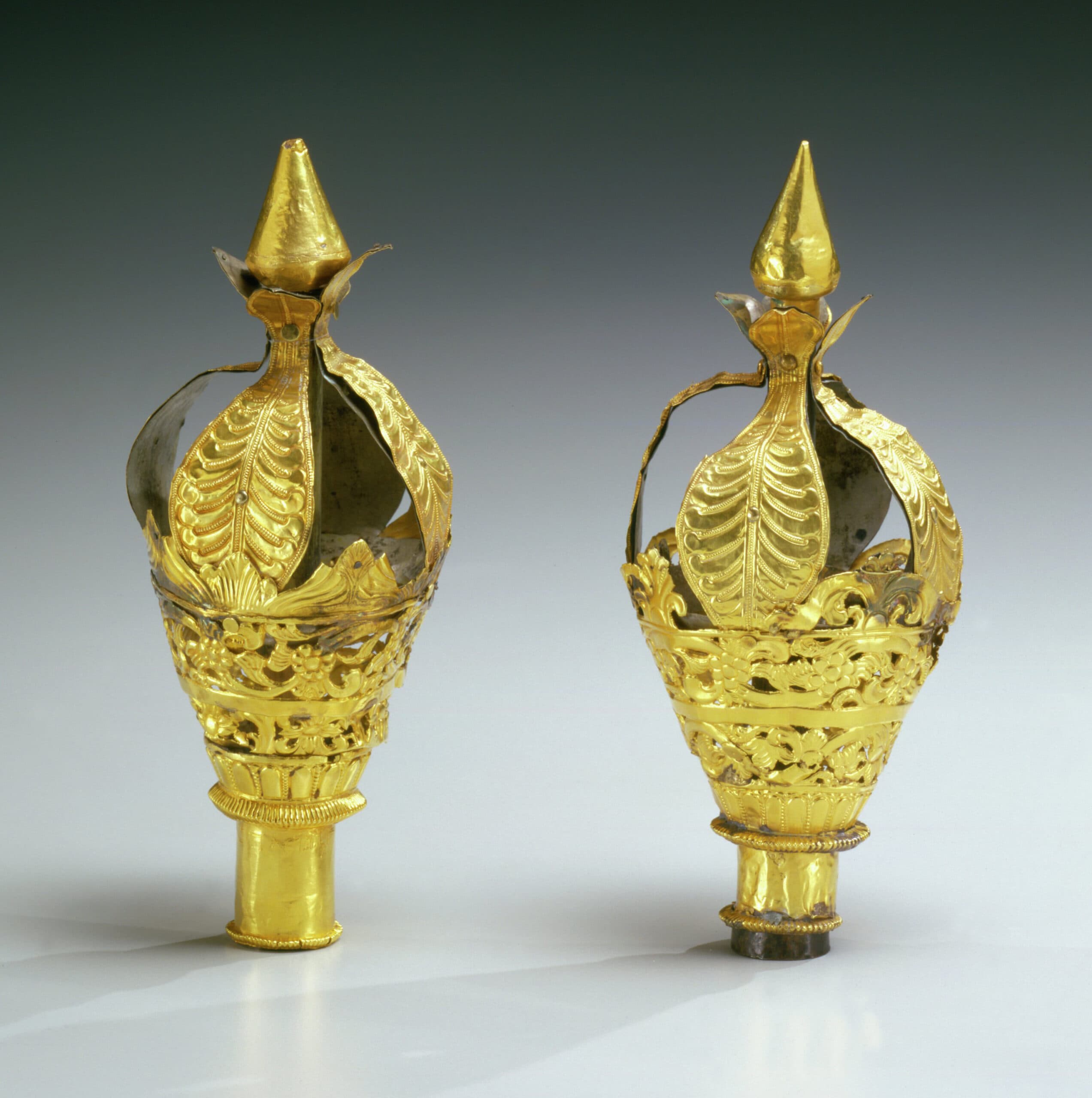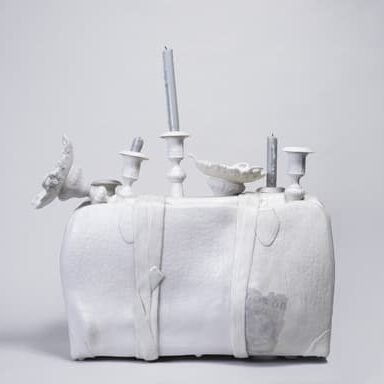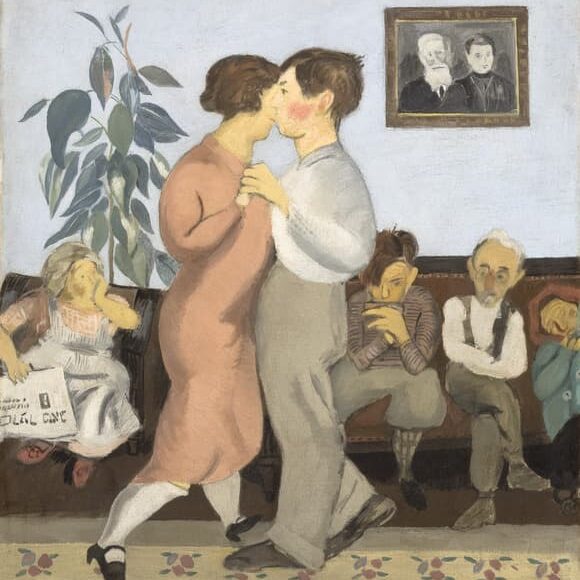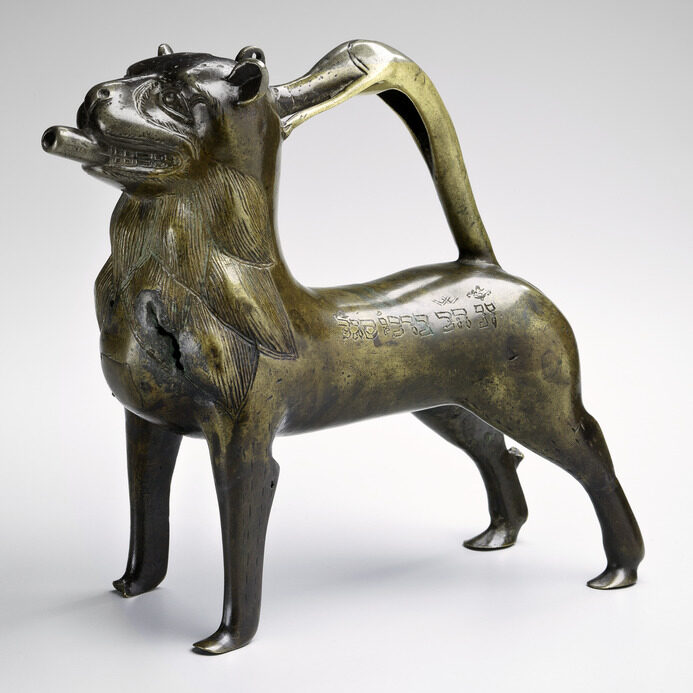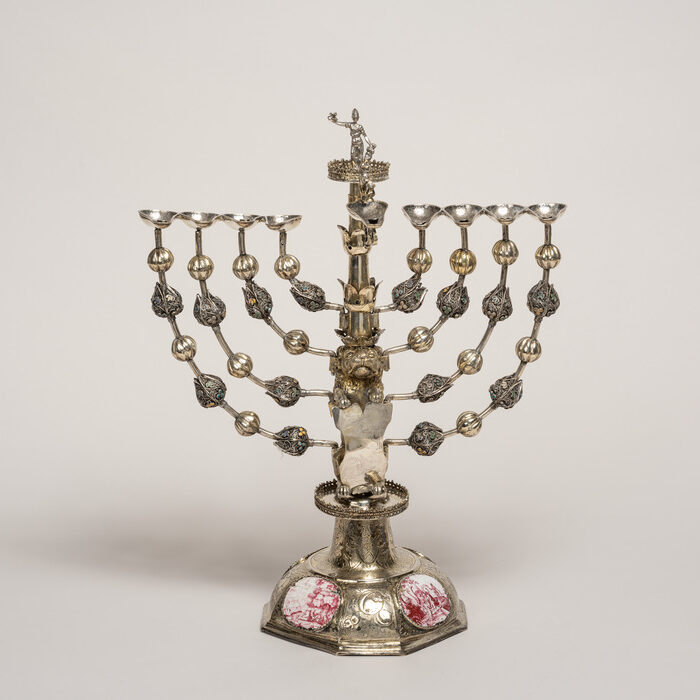Acclaimed Concert Pianist Daniel Gortler in a Solo Evening at the Jewish Museum May 18
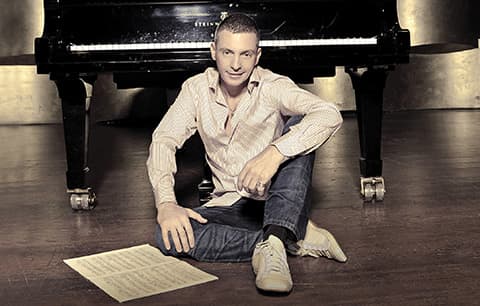
Brahms Between Past and Future Features Works by Berg, Bach, and Brahms
New York, NY, April 25 – The Jewish Museum will present acclaimed concert pianist Daniel Gortler on Thursday, May 18 at 7:30pm in Brahms Between Past and Future, a solo evening featuring works by Alban Berg, Johann Sebastian Bach, and Johannes Brahms.
Johannes Brahms, the great German romantic composer, was an ardent admirer of his older compatriot, Johann Sebastian Bach, whose influence is apparent in Brahms's rich contrapuntal textures. At the same time, in his advanced harmonic language and sophisticated thematic developments, Brahms was a source of inspiration for the new generation of composers living and working in Vienna, such as Alban Berg. In this concert, Gortler will perform Brahms’s monumental five-movement Piano Sonata No. 3 in F minor, Op. 5 along with Alban Berg’s Piano Sonata, Op. 1 (Berg’s only completed sonata), and Bach’s majestic Partita No.6 in E minor, BWV 830.
Tickets for the May 18 concert are $24 general; $18 students and seniors; and $14 Jewish Museum members. Further program and ticket information is available online at TheJewishMuseum.org/calendar or by calling 212.423.3337. The Jewish Museum is located at Fifth Avenue and 92nd Street, Manhattan.
The recital program will include:
Alban Berg (1885-1935)
Piano Sonata, Op.1
Published 1910
Johann Sebastian Bach (1685-1750)
Partita No.6 in E minor, BWV 830
Published 1731
Toccata
Allemande
Corrente
Air
Sarabande
Tempo Di Gavotta
Gigue
Intermission
Johannes Brahms (1833-1897)
Piano Sonata No. 3 in F minor, Op. 5
Composed in 1853
Allegro maestoso
Andante espressivo
Scherzo – Allegro energico – Trio
Intermezzo – Andante molto
Finale- Allegro moderato ma rubato
Berg: Piano Sonata Op.1
Alban Berg's Piano Sonata Op.1 is a fascinating example of early 20th century music. While still within the tonal framework of sonata form it avoids and alters expected progressions and thus expands tonality in a significant way. In the course of one-movement it exemplifies a high degree of motivic economy, together with Berg's captivating expressive sound.
Bach: Partita No.6 in E minor, BWV 830
Bach's E minor Partita is the last and most impressive work in his collection of six Partitas. Defined by Bach as pieces composed for music lovers, the Partitas combine strict counterpoint with clear, elegant melodic lines influenced by the Galant Style of the early 18th century. The sixth Partita opens with a virtuosic toccata which is followed by a series of six dance-movements, the last of which is a glorious gigue.
Brahms: Piano Sonata No. 3 in F minor, Op. 5
The third piano sonata, composed when Brahms was only 20, is a work of symphonic proportions. While its first movement is built on sharp contrasts between turbulent and serene themes, tenderness and dramatic passion characterize the second movement, headed by a verse from romantic love poetry. The third movement is a stormy scherzo, followed by a reflective, funeral-like Intermezzo entitled “backward glance” and an expansive finale in rondo form which gives a magnificent heroic ending to the sonata.
Daniel Gortler has performed as soloist with orchestras around the world, including the Berlin Radio Symphony, the Bavarian Radio Symphony, NDR Symphony, North-West German Philharmonic, Bochum Symphony, and Orchestre de la Suisse Romande, as well as the Houston, San Francisco, New World, Atlanta and San Jose Symphony Orchestras. In addition, he has also performed with the Israel Philharmonic Orchestra as well as all orchestras in his home country of Israel. Other highlights include his debut with the London Philharmonic Orchestra, recital at Wigmore Hall in London and tours in South Africa, Brazil, South Korea, and Turkey, In the U.S., Daniel Gortler recently performed recitals at the Cleveland Museum of Art in Cleveland and in New York at Symphony Space, Rubin Museum, Lincoln Center, the Metropolitan Museum of art, the 92nd Street Y, the Morgan Library, New York University, and Rockefeller University. Gortler has collaborated with esteemed conductors including Zubin Mehta, Christoph Eschenbach, Michael Tilson Thomas, Valery Gergiev. Yoel Levi, Franz Welzer-Most, Justus Frantz, Manfred Honeck, Steven Sloane, Mendi Rodan, Yoav Talmi, Noam Sheriff, Yuri Ahronovich, Leonid Grin, Dan Ettinger and Ilan Volkov. He has appeared at the Houston Summer Festival, Israel Festival and the Montpellier, Luzern, Schleswig-Holstein and the Verbier Music Festivals. He has also participated in a video recording of Mark Neikrug’s Through Roses collaborating with Pinchas Zukerman. More information on the pianist is available at DanielGortler.com.
Support
Public programs are made possible by endowment support from the William Petschek Family, the Trustees of the Salo W. and Jeannette M. Baron Foundation, Barbara and Benjamin Zucker, the late William W. Hallo, the late Susanne Hallo Kalem, the late Ruth Hallo Landman, the Marshall M. Weinberg Fund, with additional support from Marshall M. Weinberg, the Rita J. and Stanley H. Kaplan Foundation, the Saul and Harriet M. Rothkopf Family Foundation, and Ellen Liman. Additional support is provided by Lorraine and Martin Beitler and through public funds from the New York City Department of Cultural Affairs.
Press contacts
Anne Scher and Alex Wittenberg
The Jewish Museum
212.423.3271
[email protected]
[email protected]
[email protected] (general inquiries)
